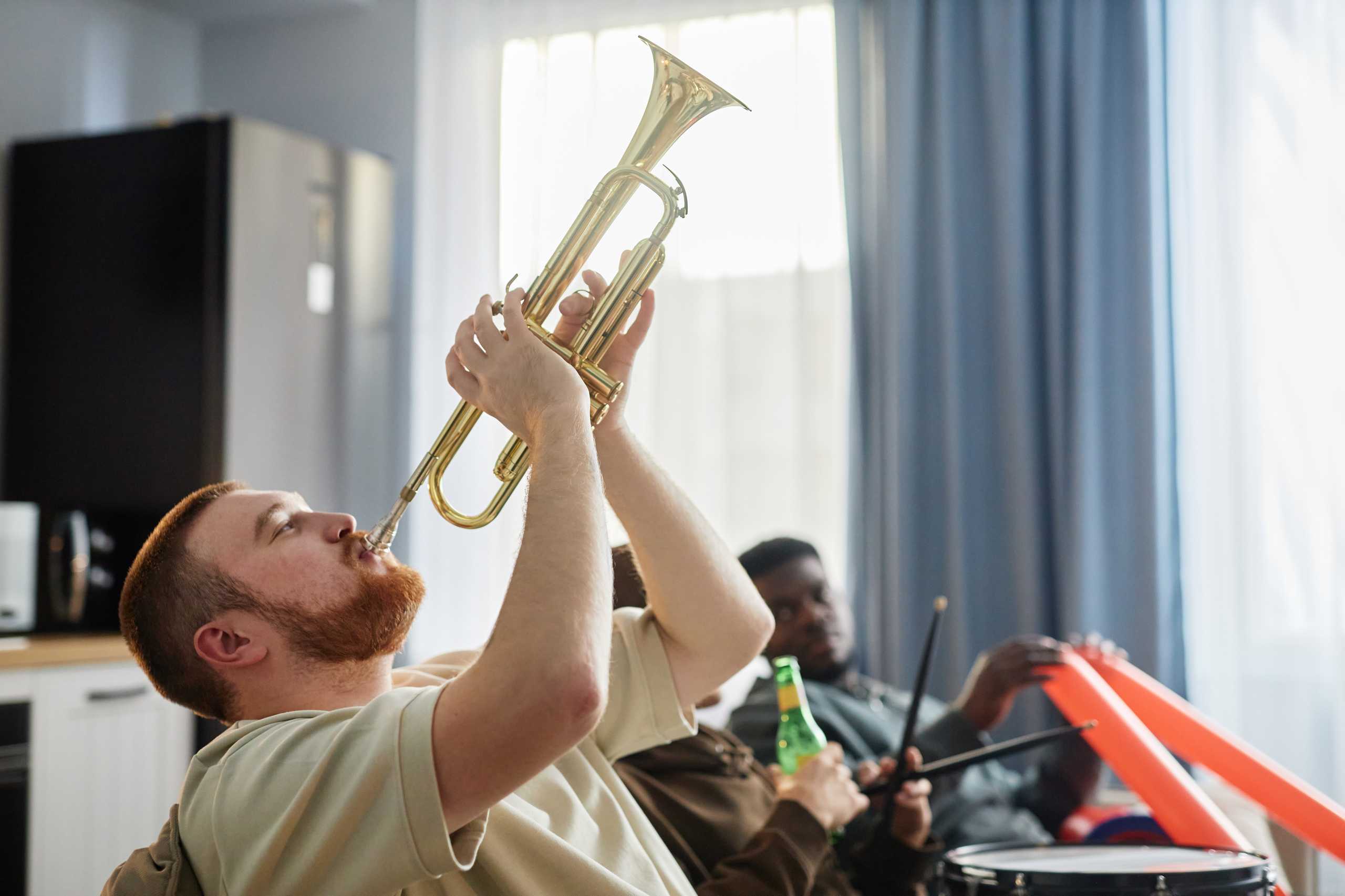Phone:
(701)814-6992
Physical address:
6296 Donnelly Plaza
Ratkeville, Bahamas.

Many musicians find themselves trapped by the same routines — playing familiar scales, repeating memorized solos, or sticking strictly to sheet music.
Improvisation is the door out of this creative cage, opening a space where your unique style can truly shine.
Over time, practice habits can become both a blessing and a curse.
They give us technical skill, but they can also create mental walls that stop us from experimenting.
Common signs of being stuck:
Breaking free starts with recognizing these patterns and daring to push against them.
The great thing about improvisation is that it thrives on change.
Here are some ways to shake up your musical habits:
Even small adjustments can lead to entirely new ideas.
Improvisation is rarely a solo act — it’s a conversation between musicians.
When you play with others, you listen, respond, and inspire each other in real time. This interaction creates moments that no rehearsal could ever script.
Once you step outside of your comfort zone, you’ll notice a shift:
The moment you stop fearing mistakes is the moment your true improviser’s voice emerges.